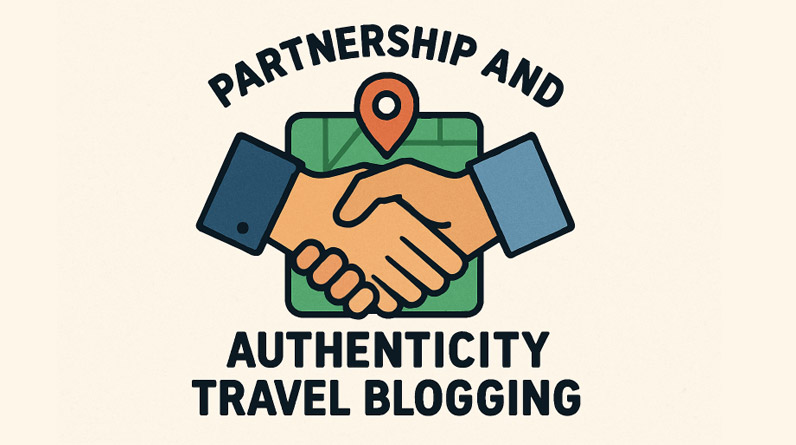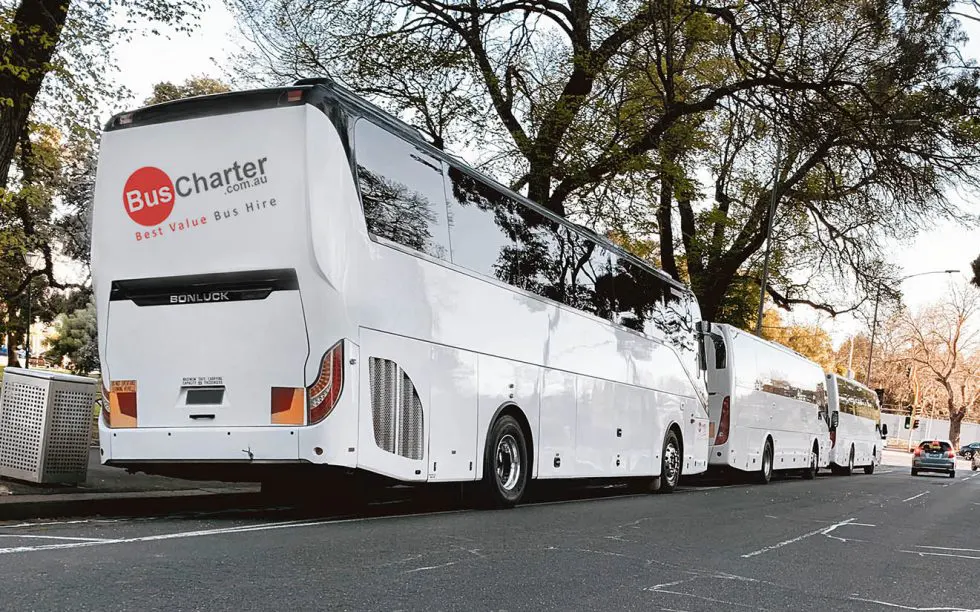Key Takeaways
- Grasp the essentials of building mutually beneficial connections between travel bloggers and brands.
- Discover practical ways to keep content authentic while collaborating with companies.
- Explore proven strategies and ethical considerations for long-term partnership success.
- Learn tips on how to foster trust with audiences while working with sponsors.
The Rise Of Travel Blogging: More Than Just Storytelling
In recent years, travel bloggers have emerged as influential figures who shape not just wanderlust but also travel trends, destination recognition, and even industry standards. According to industry data, more than 60% of travelers search for inspiration from blogs and social media before booking their trips. This influence has transformed travel blogging into a vibrant career and a powerful bridge connecting brands with global audiences keen for authentic insights. As brands increasingly seek to collaborate, understanding the dynamics of travel blogger brand collaborations becomes key to thriving in the modern content ecosystem. Travel bloggers add depth and credibility to destinations and travel experiences by offering first-hand accounts, actionable tips, and genuine recommendations. As their community trust grows, so does their ability to serve as valuable partners for brands eager to reach engaged, niche audiences. This synergy offers both sides opportunities for growth and exposure — but only when authenticity remains at the forefront.
Building Trust: The Heart Of Blogger-Brand Partnerships
Trust is central to every successful collaboration between travel bloggers and partners. Audiences expect bloggers to be transparent and honest, especially when sharing sponsored content. 86% of consumers cite authenticity as a critical factor influencing which brands they support. This statistic emphasizes the non-negotiable importance of credibility in every partnership. As bloggers integrate products or services into their content, their priority must remain clear: serve the audience first, and only work with partners who genuinely enhance the travel experience. Long-term success depends on never taking audience loyalty for granted. Readers follow bloggers whose content consistently feels honest and reliable. Fostering this sense of authenticity ensures stronger engagement and increases the longevity of personal brands and collaborations.
Choosing Brand Partners That Match Your Values
Brand selection is more than a financial decision for travel bloggers — it’s a matter of identity and trust. Authentic partnerships form when bloggers connect with companies sharing similar missions, such as sustainability, local impact, or unique cultural experiences. Before entering any partnership, bloggers should ask: Does this brand represent my travel philosophy? Will my audience find this collaboration valuable or relevant? By prioritizing these questions, bloggers ensure every partnership aligns with their established voice, which preserves the trust they’ve worked hard to build.
Successful creators in this space often find that selectivity works in their favor. Niche focus—such as highlighting eco-friendly travel brands or independent lodging experiences—helps bloggers cultivate a loyal community and attract brands aligned with their core message. Real-world case studies consistently show that creators who partner with brands that genuinely reflect their lifestyles and interests see the highest audience engagement and the least skepticism.
Crafting Content That Feels Genuine
One of the biggest tests for any travel blogger is seamlessly integrating branded partnerships. Audiences quickly lose interest when content comes across as purely promotional. Instead, the most effective approach is to weave collaborations organically into stories — such as sharing how a specialized travel gadget improved a trip or revealing the decision-making process behind trying a partner’s service. Top bloggers mix sponsored material with regular, non-promotional content to maintain a natural tone and rhythm. For example, a blogger trying out a new suitcase brand might not just review the product but also tell readers how it helped overcome specific packing challenges during different trips. Authenticity comes from demonstrating actual value, not simply relaying marketing claims.
Navigating Transparency And Disclosure
Disclosure isn’t just a legal requirement in many jurisdictions — it’s a mark of professionalism and respect for readers. Clearly labeling sponsored content (whether in text, a hashtag, or a verbal note in a video) maintains audience trust and sets proper expectations. Transparency like this often strengthens a blogger’s reputation, making future collaborations even more appealing to brands interested in partnering with trusted voices. Successful influencers consistently stress the importance of honest disclosure for long-term credibility and growth.
Fostering Long-Term Relationships With Brands
While one-off campaigns can be valuable, ongoing collaborations unlock far greater potential. When a blogger and brand invest in a sustained relationship, familiarity deepens. This allows the blogger to understand the company’s ethos better, adapt storytelling, and deliver richer, more nuanced experiences for their readers. Some of the most successful partnerships involve multi-month or annual campaigns, collaborative content series, or recurring social media projects promoting two-way value. Long-term partnerships reinforce consistency and reliability, helping creators and brands grow together.
Balancing Income With Audience Loyalty
Monetizing travel content is necessary for sustainability, but it must never undermine the loyalty of dedicated followers. Leading travel bloggers diversify revenue streams, blending affiliate marketing, sponsored posts, product sales, and online courses or retreats. However, as noted by Travel + Leisure, lasting audience growth hinges on an unwavering focus on authenticity and genuine reader value. Wise creators set boundaries, refusing partnerships that contradict their principles or risk alienating their audience.
Staying Ahead: Measuring Success And Adapting
The digital travel landscape evolves rapidly, demanding continuous learning and adaptation from content creators. Monitoring audience engagement, click-through rates, and feedback fosters greater understanding of which branded content resonates best. Many bloggers use analytics tools and frequent reader surveys to refine strategies and better serve their community. Those prioritizing long-term audience trust — rather than short-term revenue gains — will succeed even as industry trends and platforms change.
Conclusion
Travel blogger-brand partnerships thrive when trust, authenticity, and alignment of values remain the guiding principles. By carefully choosing collaborators, disclosing transparently, and crafting content that feels natural, bloggers can sustain credibility while creating meaningful opportunities with brands. Long-term success lies in monetization and balancing audience loyalty with strategic growth, ensuring that creators and brands build lasting impact in the ever-evolving travel space.



